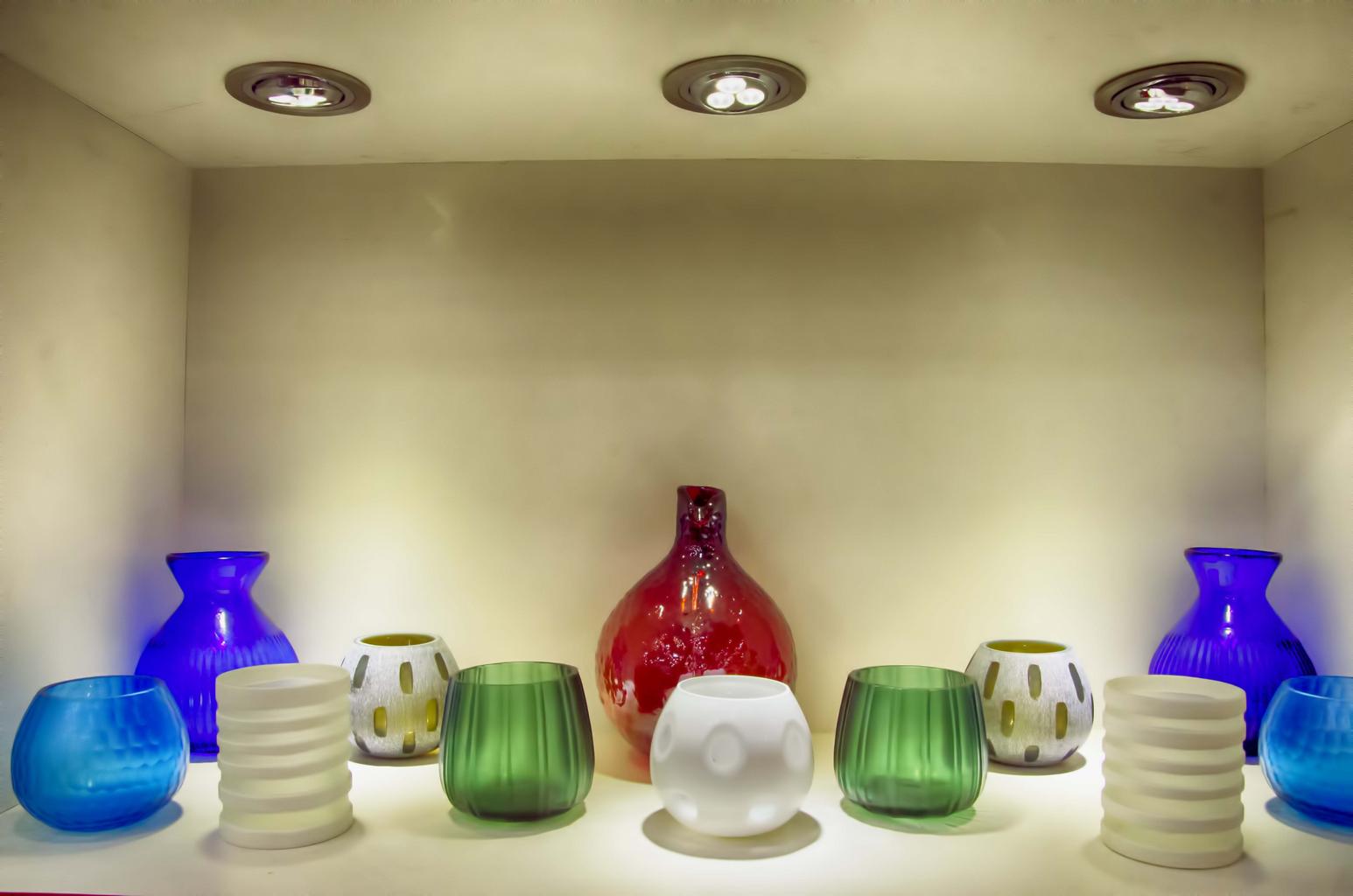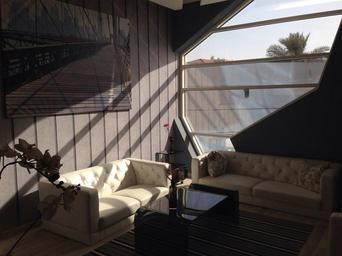Introduction
In a world filled with mass production and uniformity, personal spaces have become a sanctuary for self-expression. Home is no longer just a place where we eat and sleep; it’s a canvas upon which our personality can be painted. The integration of art into our living spaces serves as a powerful medium through which we can express who we are, what we value, and the emotions we want to evoke. This article delves into the intricate relationship between art and personal spaces, exploring how to transform environments into reflections of unique styles.
Personal Spaces with Art: How to Reflect Your Unique Style
Creating personal spaces with art goes beyond merely hanging pictures on walls. It’s about curating an environment that tells your story—one that resonates with your lifestyle, beliefs, and aesthetic preferences. The art you choose can serve as a focal point or even as subtle accents that enhance your decor. So how do you achieve this? Let’s explore various aspects of using art in your space effectively.
Understanding Aesthetic Photos Wall
One emerging trend in interior decor is the aesthetic photos wall—a collection of images that convey a specific mood or theme. This concept allows individuals to curate a visual narrative that speaks to their identity.
1. Choosing the Right Photos
When deciding on what photos to include, consider themes that resonate with you personally:
- Nature: Landscapes, flora, and fauna can bring tranquility. Travel: Capture memories from your adventures around the globe. Family: Portraits of loved ones foster warmth and connection.
2. Arranging Your Photos
The arrangement can greatly affect the overall impact. Here are some tips for creating an eye-catching aesthetic photos wall:
- Use different frame styles for variety. Consider symmetry vs. asymmetry based on your style preference. Incorporate other elements like mirrors or shelves for added depth.
Large Canvas Hanging Tips
Large canvas artwork can serve as a stunning focal point in any room when hung correctly.
1. Selecting the Perfect Canvas
When choosing large canvas pieces, think about:
- Color schemes: Ensure they complement your existing decor. Subject matter: Choose pieces that resonate emotionally or aesthetically.
2. Optimal Placement
Placement is key in ensuring your large canvas enhances rather than overwhelms your space:
- Hang at eye level for the best viewing experience. Consider lighting; natural light can enhance colors beautifully but may fade them over time if left exposed too long.
Transforming Environments Through Art
Art has an unparalleled ability to transform environments, altering not just aesthetics but also ambiance.
1. Creating Inviting Spaces
To create inviting spaces through art:
- Choose warm colors that evoke comfort. Utilize soft textures alongside artwork—think textiles or plants—to create a cozy feel.
2. Mood Creation in Spaces
Art can elicit various moods; understanding this can help you shape the emotional landscape of your home:
| Mood | Color Palette | Suggested Art Type | |--------------|------------------------|--------------------------| | Calm | Blues & Greens | Abstract Nature Scenes | | Energetic | Bright Colors | Bold Pop Art | | Introspective | Muted Tones http://echoedthoughts983.bearsfanteamshop.com/home-aesthetic-upgrades-through-thoughtful-artwork-choices | Minimalist Black & White |

Visual Storytelling in Design
Visual storytelling allows you to narrate experiences and memories through carefully selected pieces of art.
1. Creating a Narrative Flow
By arranging artworks in such a way that they tell a chronological story or represent key moments in life, you engage visitors on an emotional level.
2. Combining Colors and Textures
Combining colors and textures within these narratives will enhance storytelling by appealing to multiple senses while maintaining harmony throughout the space.
Self-Expression Through Decor
Your home should be an extension of yourself; thus, every piece of art should resonate with something significant in your life.
1. Reflecting Personal Values
Choose artworks that reflect what matters most to you—social causes, cultural heritage, or simply things that spark joy.
2. Showcasing Talents and Hobbies
Display artwork you've created or pieces related to hobbies you cherish; this adds layers of meaning to your decor while allowing for deeper connections with guests.
Modern and Traditional Styles: Finding Balance
Finding balance between modern and traditional styles allows for versatility in personal spaces with art.
1. Blending Elements
You don’t have to stick strictly with one style; instead:
- Pair contemporary sculptures with classic landscapes for contrast.
2. Achieving Harmony
Ensure balance by sticking within similar color palettes or materials; this creates cohesion even amidst diverse styles.
Artistic Home Decor: Beyond Wall Art
While wall art is essential, artistic home decor extends far beyond it—think sculptures, functional art pieces like vases or tables designed by artists!
1. Integrating Functional Art
Consider investing in items like artist-designed furniture which marries function with beauty seamlessly.
2. Vibrant Accessories
Accessorizing rooms with colorful cushions or throw blankets can enliven spaces while providing comfort—a win-win!
Frequently Asked Questions (FAQs)
1. What role does wall art play in interior design?
Wall art acts as both focal points and complementary accents within interior design; it sets tone and mood while expressing individuality.
2. How do I choose the right size for wall art?
Consider wall dimensions along with furniture scale; larger pieces work well on expansive walls while smaller collections suit more intimate settings.
3. Can I mix different styles of artwork?
Absolutely! Mixing styles creates visual interest but maintain some consistency through color palettes or theme cohesion for balance.
4. What are some tips for arranging gallery walls?
Start by laying out arrangements on the floor before committing; group similar sizes together while varying orientations—for example alternating horizontal/vertical frames!
5. How often should I change my wall art?
Changing artworks seasonally keeps things fresh! However if certain pieces hold sentimental value feel free to keep them longer without guilt!
6. What materials are best suited for canvas prints?
Cotton blends often provide durability alongside vibrant prints whereas polyester canvases offer wrinkle resistance—choose based on desired look/feel!

Conclusion
Creating personal spaces filled with meaningful art is not merely an aesthetic endeavor—it’s an exploration into self-discovery and expression! By understanding how various elements interact within design contexts—from selecting appropriate artworks down through placement strategies—you empower yourself towards crafting environments reflecting truly who YOU are! So go forth boldly—the walls await their stories yet untold!
In summary, embracing artistry within personal spaces serves not only functional purposes but also enriches everyday living experiences profoundly!